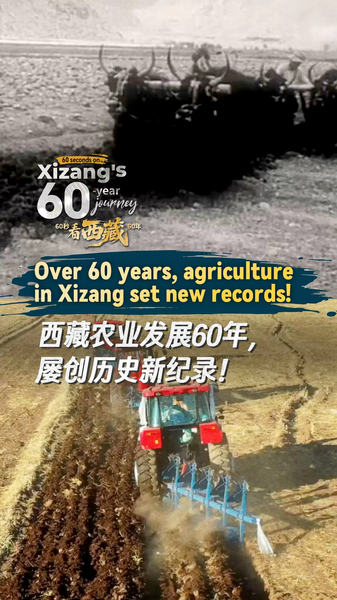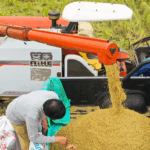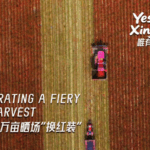Nestled in the Himalayas, the Xizang Autonomous Region has transformed its agricultural landscape from subsistence farming to record-breaking productivity over six decades. Once characterized by low yields and underutilized land, the region now stands as a testament to strategic modernization efforts.
From Barren Fields to Bountiful Harvests
Before 1951, Xizang's agricultural output lagged significantly due to limited technology and infrastructure. The turning point came with state-supported initiatives introducing advanced farming techniques, improved irrigation systems, and high-yield crop varieties. Today, grain production has increased twelvefold compared to pre-liberation levels.
Technology Drives Transformation
Key to this success has been the establishment of 10 agricultural research institutes and the training of over 50,000 local technicians. Solar-powered greenhouses now enable year-round vegetable production, while specialized crops like highland barley – a staple food – have seen yields increase by 300% since 2000.
Economic Ripple Effects
This agricultural boom has elevated rural incomes by 18% annually since 2015, with agri-tourism emerging as a new growth sector. The region's organic produce, particularly yak dairy and medicinal herbs, now reaches markets across Asia through improved transportation networks.
Reference(s):
Xizang in 60 seconds: Over 60 years, agriculture in Xizang set new records!
cgtn.com








